Natural handmade tallow soap recipe: salt spa
Every time I get confident with soapmaking I try something new and find that its not as easy as I thought. I have pretty well perfected my basic soap recipes, so then I decided to try a couple of recipes that use salt - soap with pink salt as an exfoliant, and then soap with salt water in the lye to make a harder bar (its called soleseife in German). Salt is supposed to produce a nice lather and a soft, soothing soap. I sprinkled larger lumps of salt on top the exfoliant bar. See below for the recipes adapted for tallow.
Salt soap recipe
In order to compare, I made both recipes the same, the only difference was that the soleseife had the salt dissolved in hot water which was later used to make the lye. I used a high coconut oil content as salt tends to reduce the lather. I only had 6% superfat, which is lower than recommended, so you might want to reduce the lye to 151 g for 8% superfat (because coconut oil can be drying), however I haven't noticed any problems with my version below.
250 g tallow
250 g olive oil
500 g coconut oil
155 g caustic
300-330 mL water
100 g salt - either added at trace or dissolved in the water and allowed to cool
Larger grain salt as decoration
Essential oils can be added (I wanted to try it plain at first)
Have you tried making soap with salt?
| It looked good in the moulds! |
Everything went well until I came to cut the soap. I left it in the mould for a couple of days, as I usually do. When we tried to cut the soap it crumbled. No mater what we tried, the cutter than came with the cutting frame, a pizza cutter, a large knife, a serrated knife, a piano wire, NOTHING would prevent the soap from crumbling. I had this problem with both versions of the salt soap. So I asked Google, and find multiple references on forums to salt soap being VERY difficult to cut. That's when I realised that the two recipes I had consulted used individual moulds, so there was no mention of the fact that the salt soap would be impossible to cut. This was my fault for not researching more thoroughly before jumping in to try a new recipe.
I found this site was a good reference for salt soap, with the following advice:
If you pour salt soap into a loaf mold, you have to monitor it closely and cut it before it gets to hard. This can be 4 hours after you pour or 8. Sometimes it is hard to tell when they are ready to cut.More on salt soap here and here.
| We could not cut the soap without crumbling because it was so hard |
Rebatching the salt soap
Next time I make these recipes I will use individual moulds. But in the meantime, what to do about two batches of salt soap fail? I still really wanted to try the salt soap! There was some useful advice on this soap forum about how to recover from salt soap fails.
I decided to use the same method I used last time I had a soap disaster (more soap rebatch info here), and remelt the soap and put it in individual moulds. It crumbled easily, so I was able to put it all in a double boiler, but it was taking SO long to melt I took it out of the double boiler and stirred it over the element (with added water this time rather than a new batch of soap - I didn't want to dillute the salt). Anyway, it was pretty messy and didn't pour nicely into individual moulds. In another wave of genius I decided to pop the moulds in the woodstove oven overnight, thinking that the soup would melt and smooth over.
I was very surprised to find that the soap rose (better than any baking!) and burnt a little on top. Its hollow on the inside, but if I pick off the burnt bits, and squish it together I get a semi-normal chuck of soap. So I finally got to try my salt soap and it is REALLY nice. It does have a soft lather and I think it was worth all the effort. I haven't remelted the batch with the salt exfoliant, so that might be less messy now that I've had some practice.
| soap muffins - risen nicely but a little burnt! |
What have I learnt?
- Salt make soap VERY hard and it must be cut very soon after pouring or poured into individual moulds - no cutting required
- Soap can be rebatched, it takes ages to melt and never pours as nicely as the original
- Don't leave soap in the oven to melt!
- I like salt soap, so I'll try this recipe again.
I thought I was going to run out of tallow with all this soap I've been making, but a friend gave us about 20 kg of beef fat in exchange for some welding work. It didn't come chopped up though, we had to do that, but its lovely white kidney fat, so should make some nice soap. We put it in the freezer until I have time to render the beef fat.
| more beef fat |
Salt soap recipe
In order to compare, I made both recipes the same, the only difference was that the soleseife had the salt dissolved in hot water which was later used to make the lye. I used a high coconut oil content as salt tends to reduce the lather. I only had 6% superfat, which is lower than recommended, so you might want to reduce the lye to 151 g for 8% superfat (because coconut oil can be drying), however I haven't noticed any problems with my version below.
250 g tallow
250 g olive oil
500 g coconut oil
155 g caustic
300-330 mL water
100 g salt - either added at trace or dissolved in the water and allowed to cool
Larger grain salt as decoration
Essential oils can be added (I wanted to try it plain at first)
Have you tried making soap with salt?
You can find out more about tallow soap in my eBook Make your own natural soap
Other posts about soap:
More from:
soap




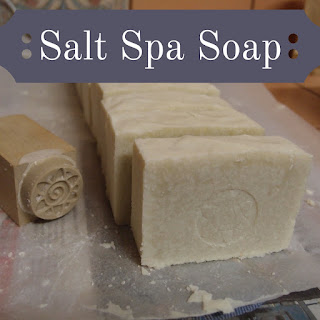












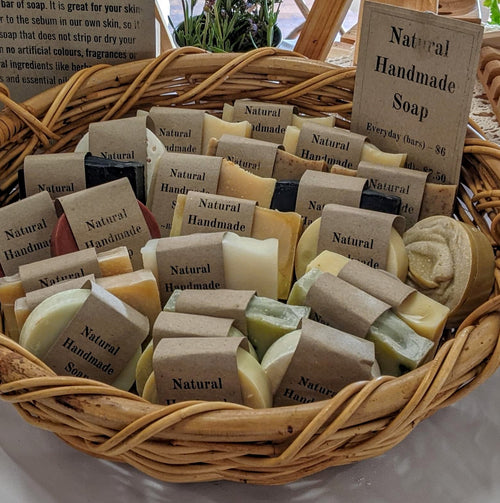

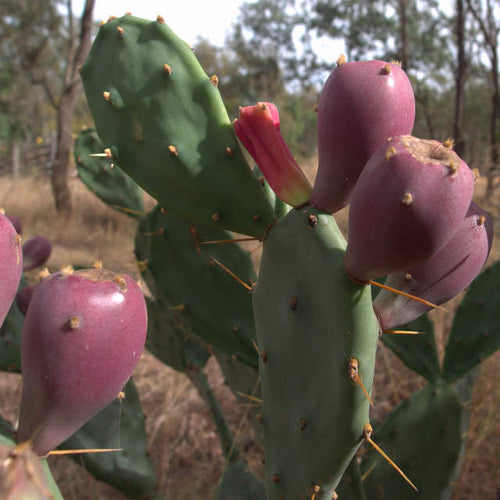
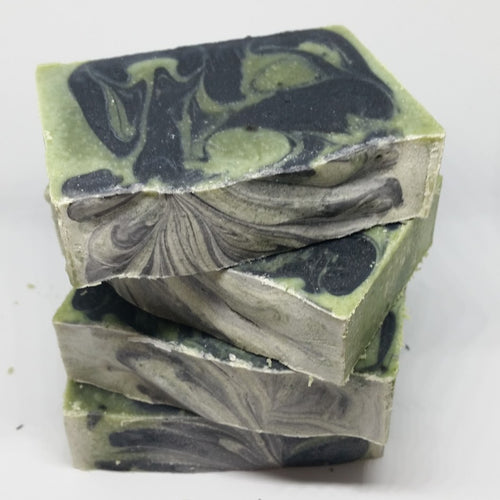
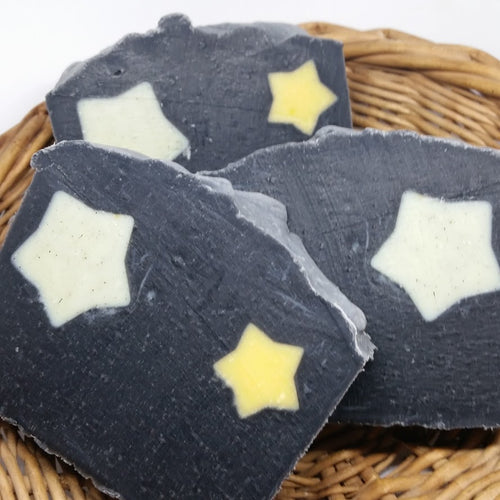



Leave a comment